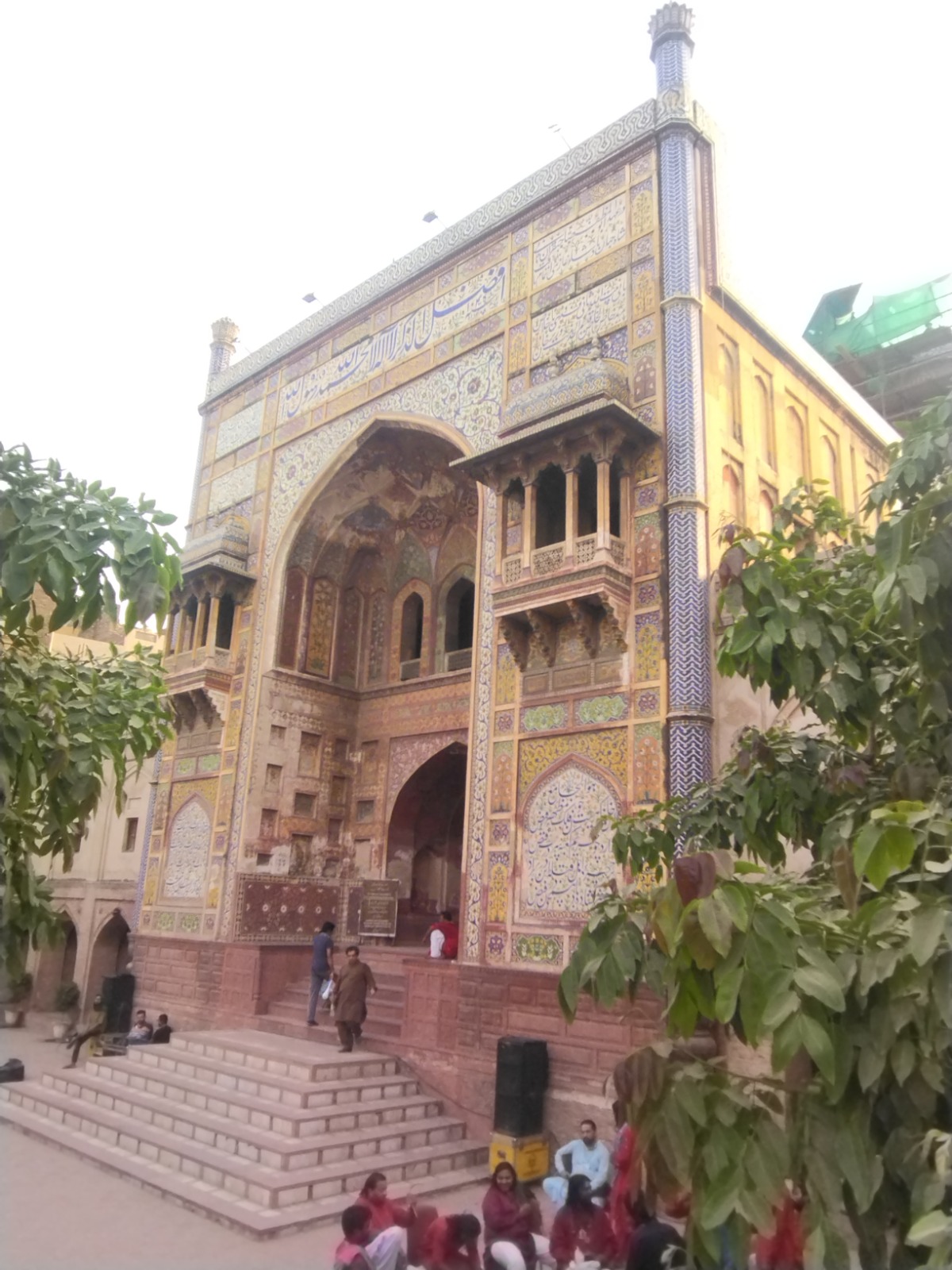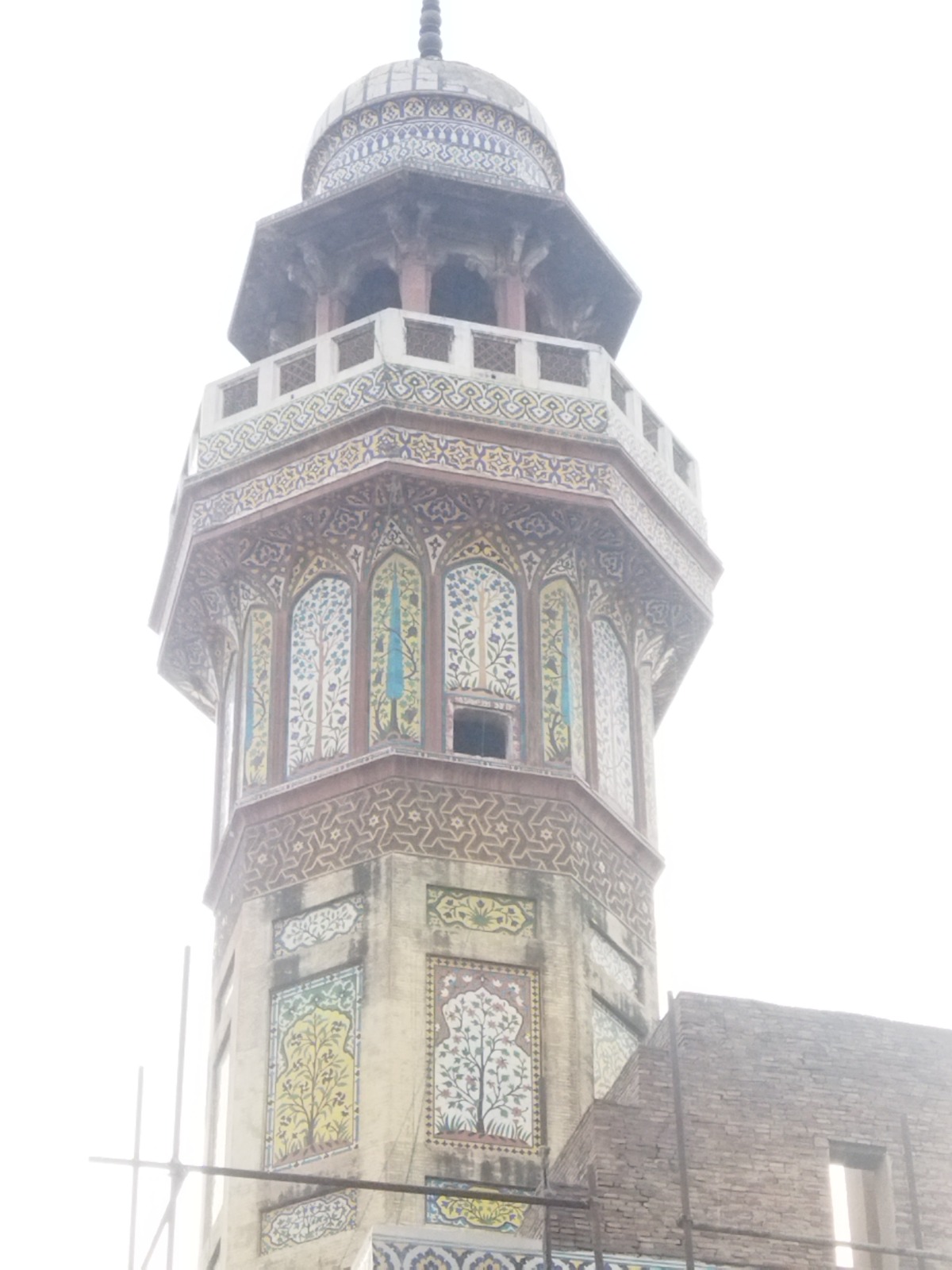

Lahore, a city steeped in history, unveils a tapestry of captivating
tales and architectural wonders. Its rich heritage is etched within the very
fabric of the city, drawing visitors into a world of bygone eras and cultural
significance. As one ventures through Lahore, the echoes of the past resonate
through its twelve majestic gates. Each gate serves as a portal to a realm of
historical buildings that bear witness to centuries of remarkable events.
Mosques, havelis, hammams, bazaars, tombs, and temples form a mosaic of
architectural treasures within the protective embrace of these gates.


Unfortunately, due to the negligence of successive rulers, the sale and
subsequent demolition of buildings by new owners, encroachments within the
bazaars, and other contributing factors, many of these centuries-old
constructions have been lost to time. Only a handful have managed to withstand
the ravages of time, with their relatively intact architecture serving as a
testament to their glorious past. One such remarkable survivor is the Wazir
Khan Mosque, nestled within the bustling bazaar near the Delhi Gate.
The Wazir Khan Mosque stands out for its unique architectural style,
blending elements of Persian and Indian design, setting it apart from other
renowned mosques of the Mughal period in the Indian subcontinent. It ranks as
the second-largest mosque in Lahore after the Badshahi Mosque. Situated amidst
the crowded lanes of the old city, the mosque's towering minarets captivate
visitors and worshippers from afar. The mosque was commissioned by Hakeem
(physician) Ilmuddin Ansari, also known as Nawab Wazir Khan, a title bestowed
upon him by Emperor Shah Jehan. Wazir Khan, who later became the Governor of
Lahore, held a deep passion for public welfare projects.


In pursuit of his vision, he sponsored the construction of several
hammams, bazaars, palaces, gardens, and shops, most of which have since
vanished. In 1634 AD, he laid the foundation of the Wazir Khan Mosque, which
initially served as the imperial Jamia Masjid, where Mughal kings and courtiers
would offer their Friday prayers. However, with the construction of the
Badshahi Mosque, the title of imperial mosque shifted to its grandeur.


Entering through the main gate, visitors ascend a series of steps and
pass through a spacious covered courtyard. Four small domes and one grand dome
grace the mosque's structure, flanked by octagonal minarets on both sides.
Adjacent to the courtyard lies the shrine of Syed Muhammad Ishaq, better known
as Hazrat Meran Shah, a Sufi saint from Iran who settled in Lahore during the
reign of King Feroze Tughlaq. This tomb predates the construction of the Wazir
Khan Mosque.


The mosque's walls and floor are constructed with red bricks, forming an
intricate symmetrical pattern on the floor that catches the eye. The plastered
walls are adorned with elaborate arabesque paintings, shimmering tiles, inlaid
pottery decorations, and paneling, creating a vibrant and radiant ambiance. The
Wazir Khan Mosque also features exquisite floral decoration employing a unique
cut tile mosaic technique, alongside long panels of calligraphy in nastaliq,
thuluth, and naskh scripts.
While the minarets contain internal staircases leading to stunning city vistas, access to these towers is generally restricted. Adjacent to the main prayer hall, a series of rooms are lined up, with most remaining closed and a few rented out to various vendors and calligraphers.


In 2004, following a visit to the mosque, officials from the US Embassy
allocated a fund of $31,000 through the US Ambassador's Fund for Cultural
Preservation program to restore the mosque. Concerned about its rapid
deterioration, restoration efforts were carried out, bringing many parts of the
mosque back to their original splendor. The Walled City of Lahore Authority
(WCLA) is currently engaged in a project that emphasizes various aspects of the
mosque. According to Kamran Lashari, the Director General of WCLA, the project
has two main objectives: enhancing the historical urban setting surrounding the
Wazir Khan Mosque and preserving the mosque itself. Mr. Lashari further
explained that the project consists of two primary components, namely the
conservation of the monument itself and the preservation of the Hujras located
at the courtyard level. However, ongoing efforts are required to combat
encroachments by neighboring shops and houses to ensure the enduring
preservation of mosque.














0 Comments
Thanks you so much for your comment. We will reply to this shortly.